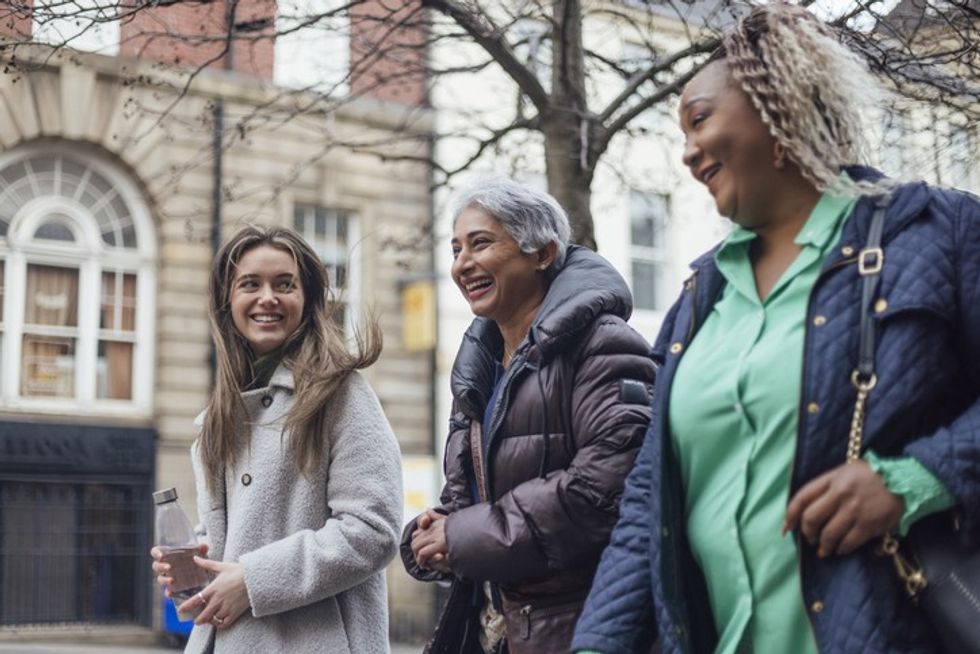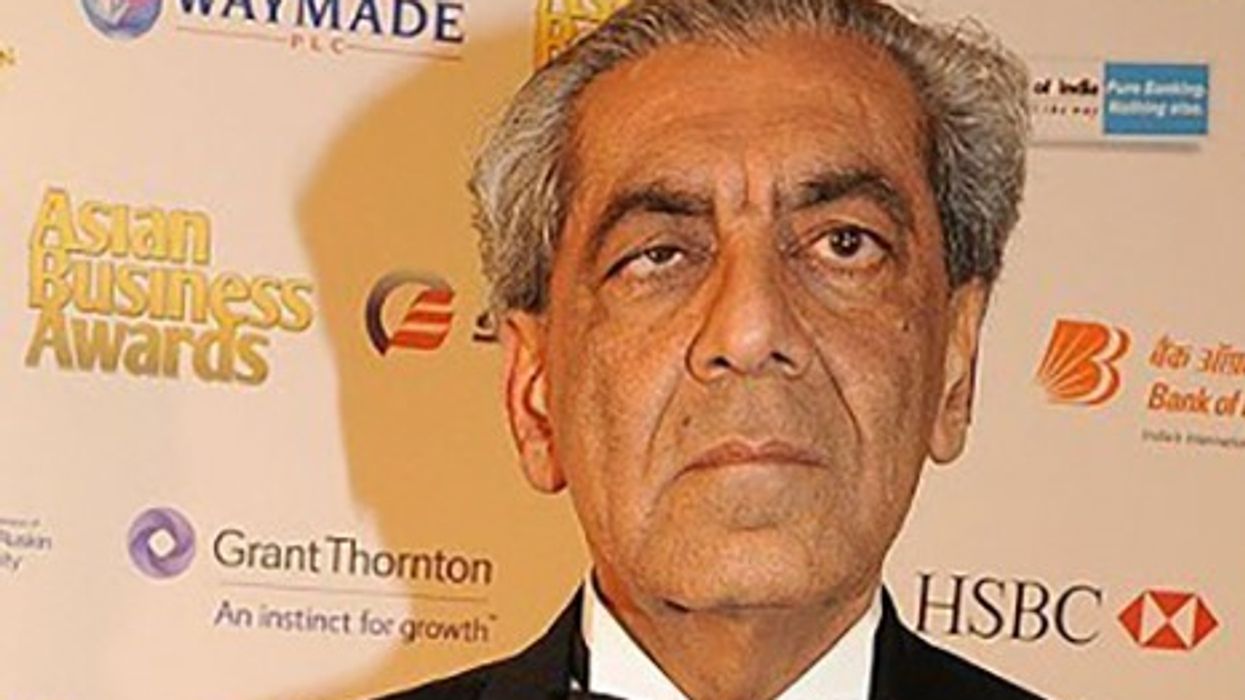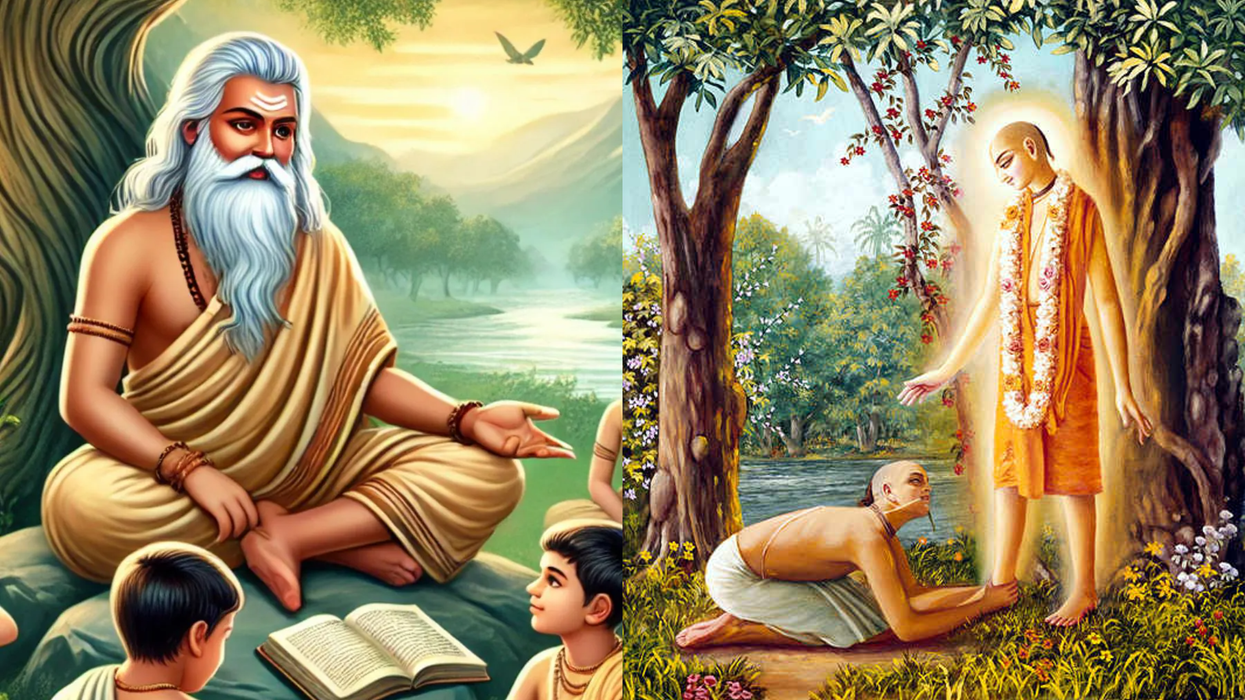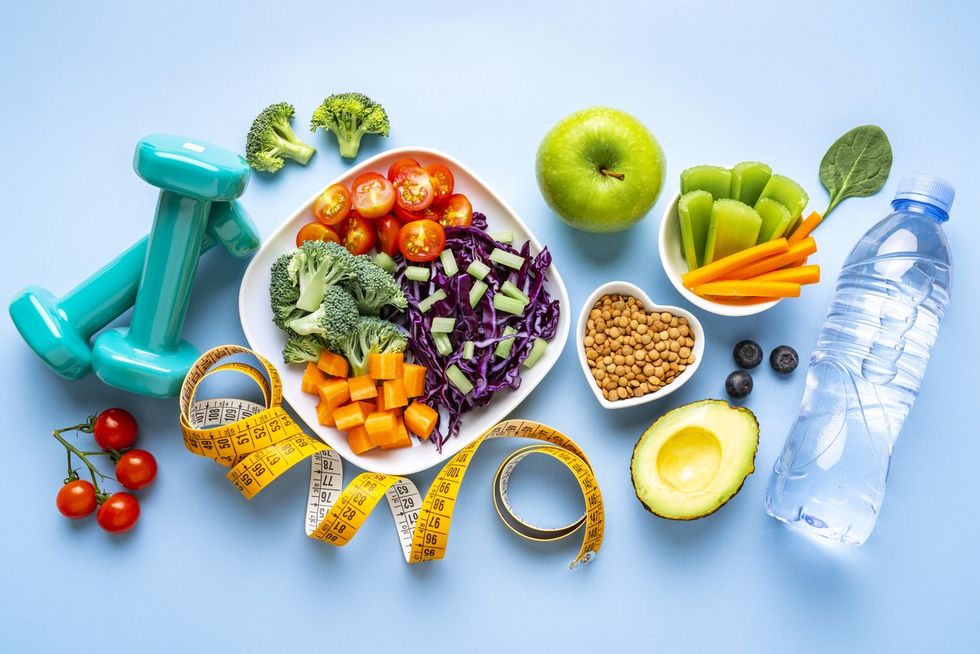THE number of COVID-19 cases in Pakistan approached 6,000 after 272 new infections were reported in 24 hours, the health ministry said on Wednesday (15).
Pakistan prime minister Imran Khan has extended the ongoing lockdown until the end of April.
The number of coronavirus patients in the country rose to 5,988, with 272 new cases and 11 deaths during the last 24 hours.
Punjab has reported 2,945 cases, Sindh 1,518, Khyber-Pakhtunkhwa 865, Balochistan 240, Gilgit-Baltistan 236, Islamabad 140 and Pakistan-occupied Kashmir 46.
Reports said that 1,446 people have recovered from the disease and 107 deaths have been reported in the country so far.
The authorities has so far conducted 73,439 tests, including 3,380 in the last 24 hours.
Imran Khan said that the ongoing restrictions have helped contain the spread of the deadly coronavirus.
He added that some key industries would be opened in order to start business activities, but set procedures should be followed.
Minister of industries Hammad Azhar said several sectors and industries including construction, agriculture, chemical manufacturing, e-commerce, software, paper and paper packaging, fertilisers, mines, glass industry and plant nurseries were being allowed to open.
Pakistan also announced to bring ordinance to curb smuggling and hoarding to give strict punishment to culprits.





 There’s deep healing in the communityiStock
There’s deep healing in the communityiStock










 From ancient sages to modern-day Gurus, their influence on society continues to inspire and transformiStock/Mahabharata
From ancient sages to modern-day Gurus, their influence on society continues to inspire and transformiStock/Mahabharata The relationship between Guru and disciple has been central to the evolution of Hindu philosophy and practiceiStock/Mahabharata
The relationship between Guru and disciple has been central to the evolution of Hindu philosophy and practiceiStock/Mahabharata The reverence for spiritual leaders remains a cornerstone of Hindu culture, transcending time and traditioniStock/Mahabharata
The reverence for spiritual leaders remains a cornerstone of Hindu culture, transcending time and traditioniStock/Mahabharata


